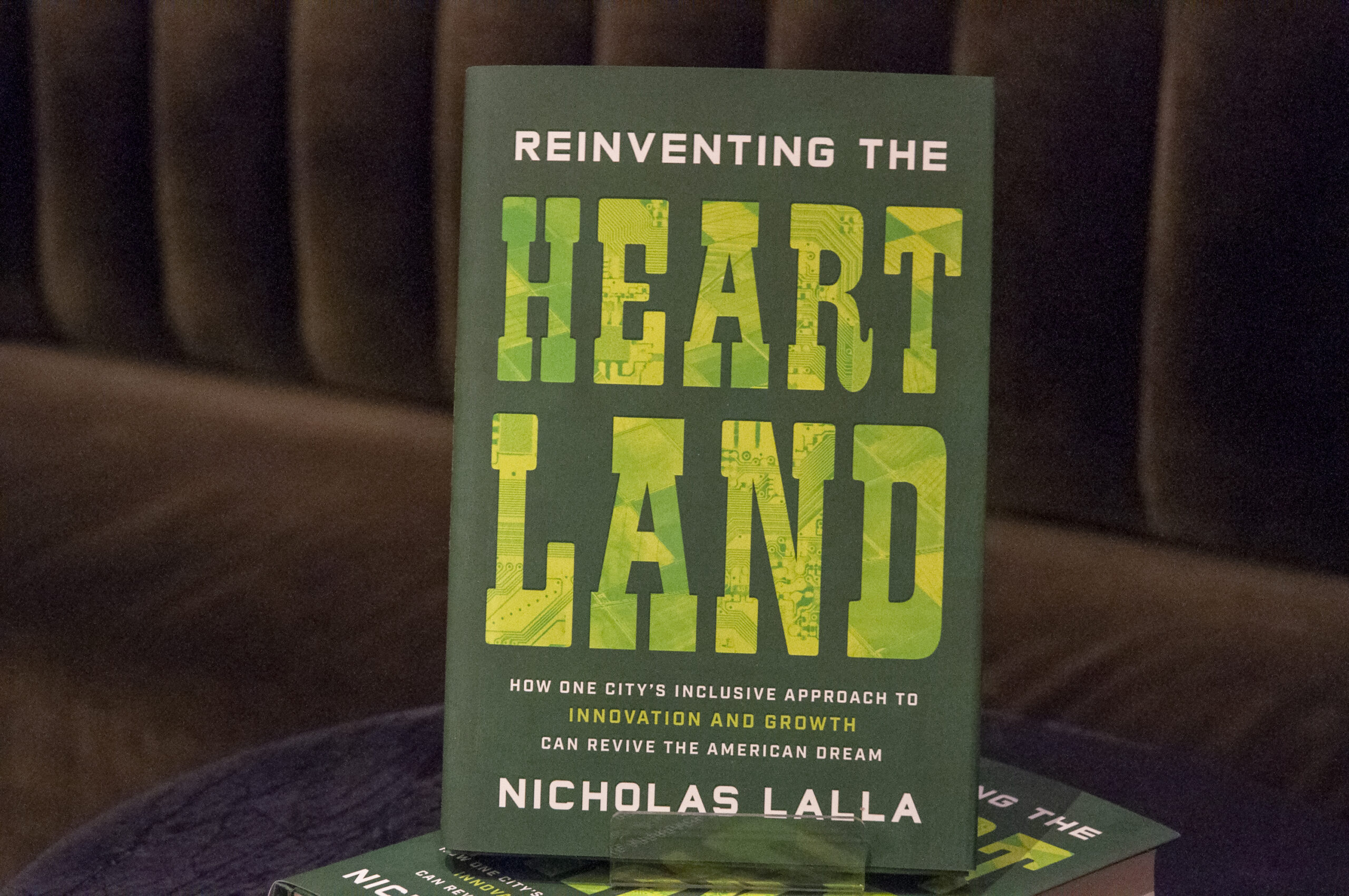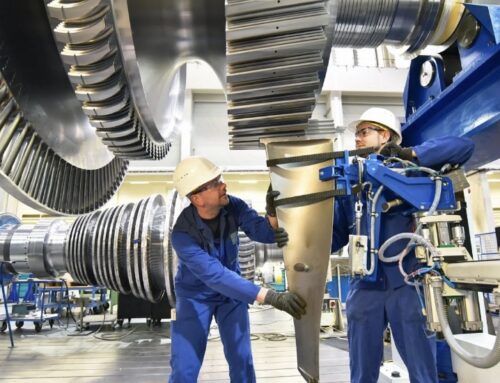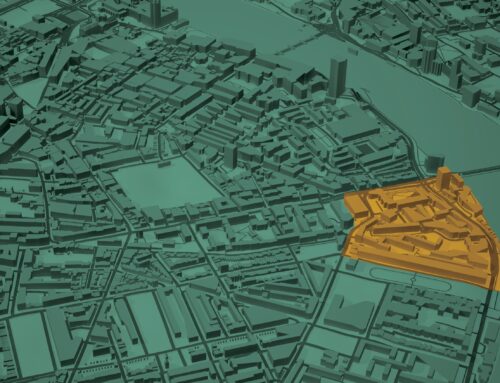This article is a part of EIG’s Author Series, in which we invite experts from diverse backgrounds and across the ideological spectrum to explore policy issues and ideas. Here, Nicholas Lalla, Executive Leader and Founder of Tulsa Innovation Labs, discusses his new book, Reinventing the Heartland: How One City’s Inclusive Approach to Innovation and Growth Can Revive the American Dream.
Note: The views below do not necessarily reflect the position of EIG.
Q: Start off by telling us about Tulsa’s trajectory over the last decade. What’s happening there and why should D.C. policymakers be paying attention?
Over the past ten years, Tulsa, like a lot of cities, struggled to modernize its economy. Its oil and gas base, which provided middle class jobs for generations, began experiencing more frequent disruptions — brought about by new technologies and the threat of climate change. All the while, the city bled young talent and struggled to create new firms. Without meaningful investments to diversify the economy and develop the workforce, the city fell behind regional peers.
In 2020, I founded Tulsa Innovation Labs (TIL). This tech-led economic development organization kicked off the start of a citywide effort to build the region’s innovation economy. We would go on to raise $200 million to invest in virtual health, energy tech, advanced air mobility, and cyber clusters. And today, the city is on track to create between 20,000 and 70,000 tech jobs.
While national mythology holds Silicon Valley up as the paragon of success, a midsized city in northeast Oklahoma, I contend, serves as a more realistic and replicable model for building an urban tech hub. Tulsa’s community-centered investments and Tulsa Innovation Lab’s vision of establishing the city’s tech niche should inspire other Heartland cities to pivot to tech and grow in more inclusive ways.
Policymakers in DC need to ask themselves: what can the federal government do to support place-based economic development, aid the growth of tech jobs in the Heartland, and partner with cities like Tulsa?
Q: You were the founder and director of Tulsa Innovation Labs. How does TIL’s model differ from traditional economic development strategy?
There are three key differences.
First, economic development organizations don’t typically focus exclusively on tech, whereas TIL only supports the growth of emerging tech clusters. Despite inequitable access, tech is the best opportunity for long-term job and wealth creation.
The criticism of Tulsa’s economic development prior to TIL was that too many organizations were taking a scattershot approach, with decisions made more by emotion than by data. The result was that capital was spread so thinly across multiple priorities that nothing ever materialized. So, the second thing that distinguishes TIL is its data-driven and focused approach: we identified a handful of priority clusters and focus solely on their development.
And third, we approach economic development through an inclusive lens. Tulsa wants to avoid the side effects of a tech economy and ensure a broad spectrum of citizens can participate and benefit from new jobs. So, for that reason — and because TIL is backed by an anti-poverty philanthropy — TIL designs economic development investments to spur inclusive growth, with dedicated support to populations facing barriers.
Q: One common pitfall for tech-based economic development is targeting the wrong industries. Cities often select industries too far from their existing capabilities or miss out on technologies whose emergence nobody could have predicted. In Tulsa, you were very careful in choosing where leaders should focus their development resources and efforts. Talk us through how you approached this problem.
I’m a big believer in building on what you have to become the best version of yourself. A lot of cities think attracting a new company will be their saving grace, or look to replicate Silicon Valley, or try to grow a new industry far afield from their existing employers.
My founding vision for Tulsa Innovation Labs was to find and develop the city’s “Tech Niche” given existing assets. A city’s Tech Niche are those handful of clusters that represent the strongest opportunities for growth.
In my book, I developed a methodology that cities can use to identify their niche. It has four parts: (1) it should build on legacy industries; (2) it should represent emerging tech clusters adjacent to existing industries; (3) it should offer a range of jobs across educational attainment levels; and (4) it should offer the opportunity for your city to lead, not serve as a supporting player.
There are clusters, sub-clusters, and parts of an industry value chain in which cities should invest — they need to pick the best opportunities and invest heavily in them. For Tulsa and TIL, we chose virtual health, energy tech, advanced air mobility, and cyber. I understand governments and civic organizations are wary to pick winners, but that’s exactly what they need to do.
Q: Attracting remote workers was a huge success for Tulsa. More companies are bringing their workers back to the office, but rates of remote work will remain far higher than before the pandemic. How prominent are remote work incentives going to be in the economic development toolkit going forward?
While Tulsa’s remote work incentive went viral and helped bring the city into the national conversation, I see remote work incentives as a short-term tactic rather than a long-term strategy.
That said, I do recommend midsized cities, particularly in the Heartland, to create a remote work incentive to attract tech talent. Tulsa Remote continues to bring high quality talent to the city and contribute to the economy.
But cities shouldn’t think a remote work incentive is sufficient. To truly grow an innovation economy and sustain it over time, the local workforce needs to be well trained and aligned with industry needs. That means creating up-skilling opportunities for your local workforce is mission critical. That’s why TIL established the Cyber Skills Center in partnership with Tulsa Community College. TIL’s focus on developing the local workforce and Tulsa Remote’s attraction of new talent is a winning combination.
Despite changing policies, remote work will continue to present an opportunity to non-coastal cities to attract mobile tech talent, but such an incentive must work in tandem with upskilling local residents.
Q: Cities are complicated places with actors and institutions holding very different visions for the future. You write a lot in the book about the challenge of wrangling these different groups toward common goals. What lessons should future leaders of similar programs take from your experience?
I think the civic class in a lot of cities can become too insular and static, leading to risk aversion and group think. Cities always need new ideas and fresh perspectives. There can sometimes be a leadership vacuum in cities that can be filled by younger, more diverse individuals.
Communities need leaders who can see cities from the outside in — who can zoom out and spot the gaps and opportunities — and ultimately build solutions.
My advice to future leaders is to have the courage to lead. You’d be surprised how hard it is to develop your own point of view, make hard choices, and have the conviction to follow through — but that’s what is needed for urban reinvention. To get big things done, leaders need to challenge the status quo, build a shared vision for growth, and assemble a coalition of the willing.
And rather than be threatened by new perspectives, legacy institutions need to embrace change and support young leaders. And together, communities should create a culture of accountability to achieve real outcomes.






